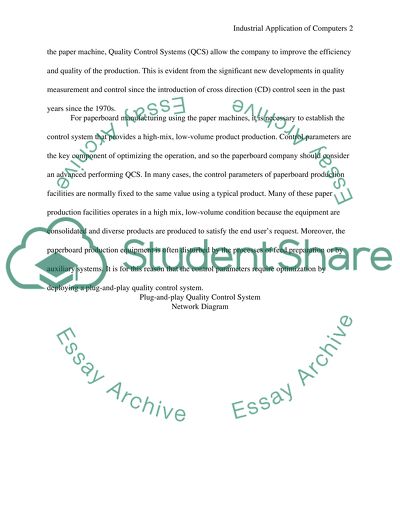Cite this document
(“Industrial Applications of Computers Case Study”, n.d.)
Industrial Applications of Computers Case Study. Retrieved from https://studentshare.org/engineering-and-construction/1476954-industrial-applications-of-computers
Industrial Applications of Computers Case Study. Retrieved from https://studentshare.org/engineering-and-construction/1476954-industrial-applications-of-computers
(Industrial Applications of Computers Case Study)
Industrial Applications of Computers Case Study. https://studentshare.org/engineering-and-construction/1476954-industrial-applications-of-computers.
Industrial Applications of Computers Case Study. https://studentshare.org/engineering-and-construction/1476954-industrial-applications-of-computers.
“Industrial Applications of Computers Case Study”, n.d. https://studentshare.org/engineering-and-construction/1476954-industrial-applications-of-computers.


